Are you looking at finally learning about the ins and outs of maximizing your cardiovascular training?
You’ve come to the right place!
This blog will encompass topics of heart rate, how to find out your max heart rate, and then use this for percentages. As well as styles of training you can use to get the most out of your cardio activities!
So, let’s have a basic overview of how our heart, veins, and arteries work.
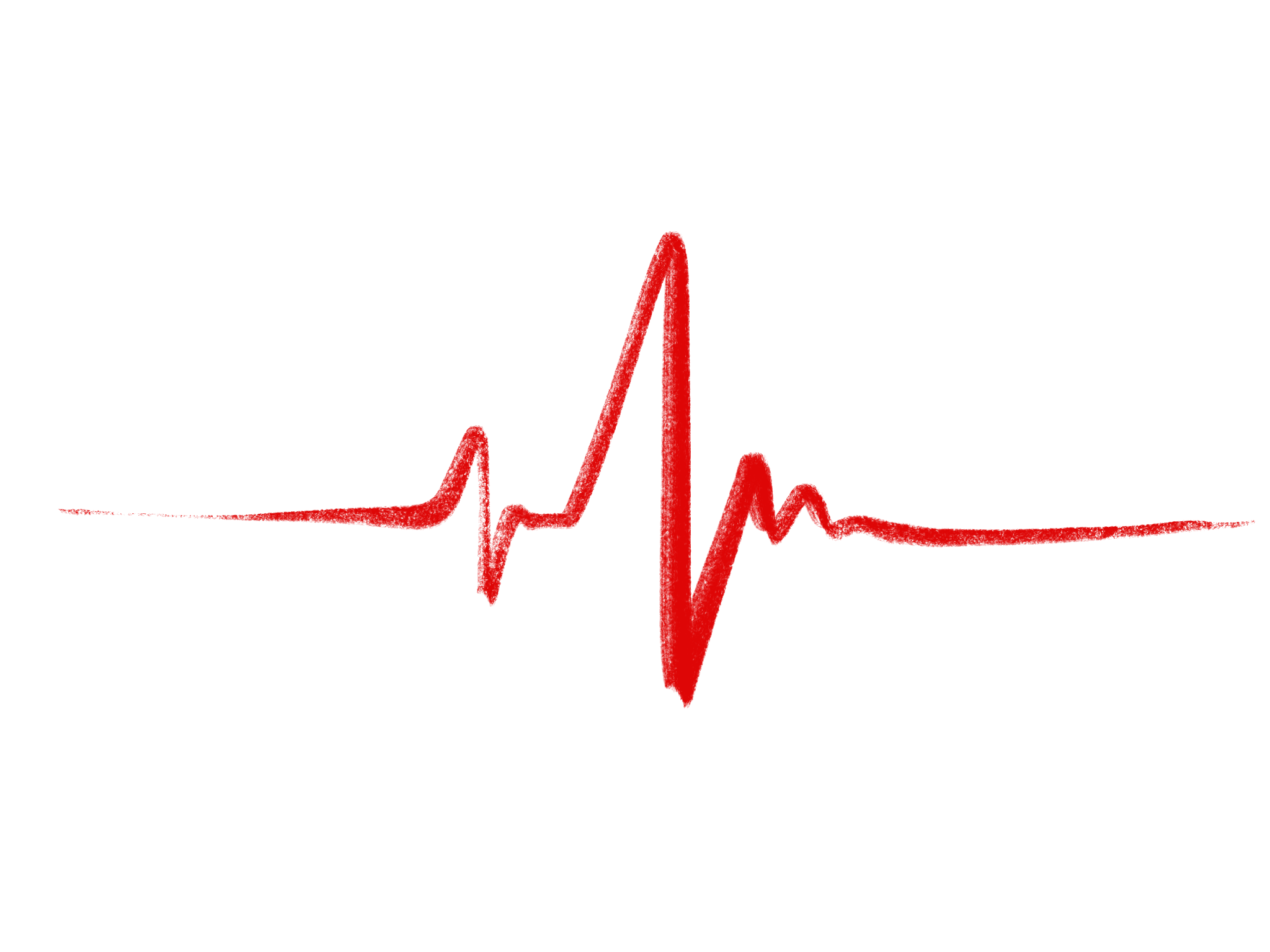
The heart is a muscle. This isn’t just a normal muscle however, it’s responsible for keeping you alive! So why not look after it?
The anatomy of the heart isn’t the love heart shape you’re used to seeing, rather it’s comprised of four chambers, 2 atria and 2 ventricles. The atria are the top chambers, responsible for taking in the blood that is coming into the heart e.g., through the body or the lungs. The ventricles are responsible for pushing this blood out elsewhere either to the lungs to become oxygenated or the body to supply our cells with oxygenated blood.
Now a simple way to think of the heart is by splitting it into two sides. The right side receives blood that is deoxygenated from the body, think of this as used blood. The left side receives oxygenated blood from the lungs which then pumps fresh blood into tissues to be used for life.
This blood is circulated through arteries which move away from the body supplying our tissues with the oxygenated blood, and veins carry the deoxygenated or used blood back to the heart.
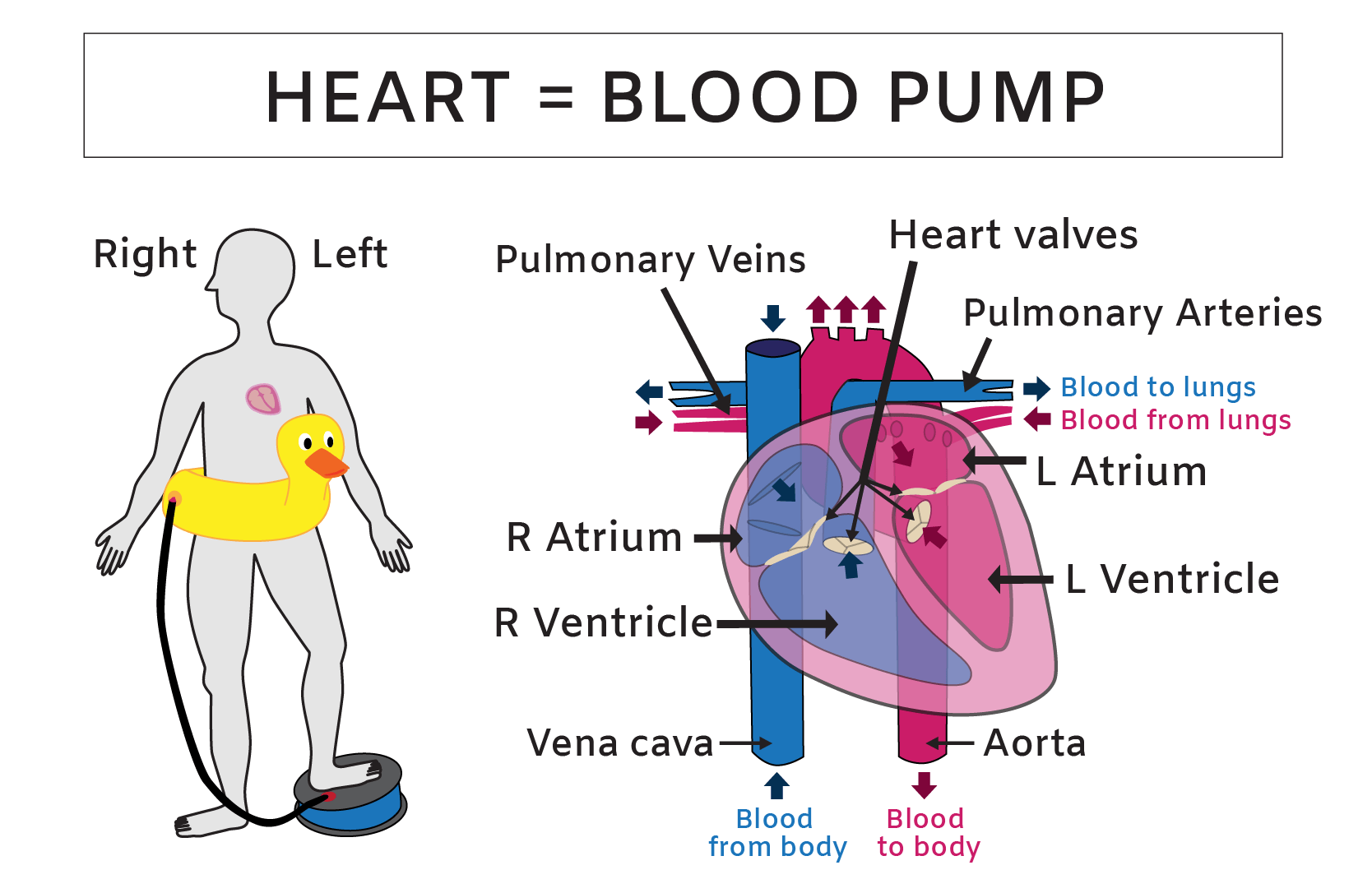
Now our heart rate (HR) is variable. This means that as we work harder e.g. through activities like exercising our heart must pump harder to push more blood around the body.
Have you ever taken your pulse?
Put your palm up facing the roof, now place two fingers on your wrist, on the side that is closest to your thumb.
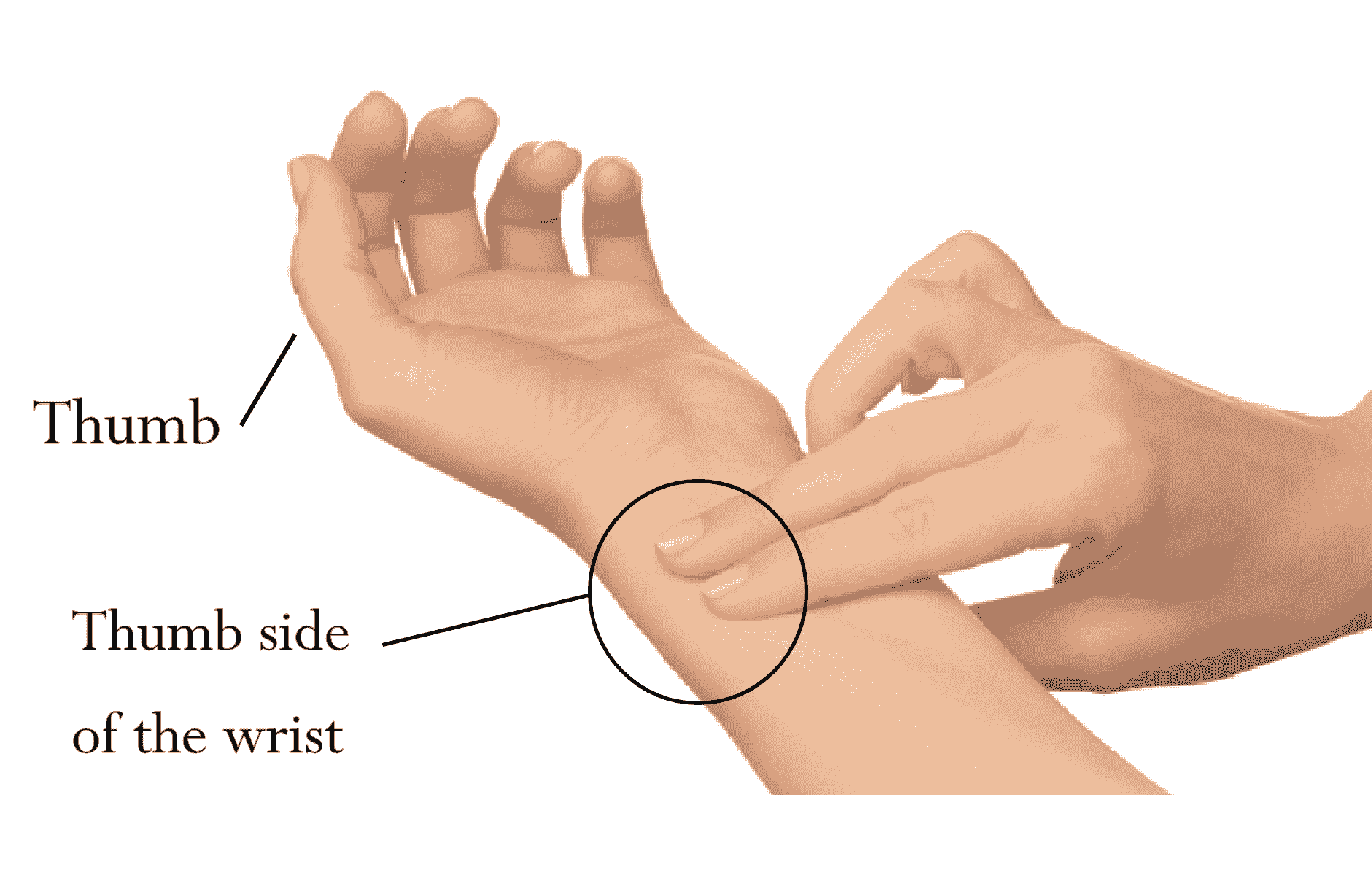
Hold your fingers here pressing in slightly and you will feel your radial artery!
To measure your HR you simply have to count over a minute – this is your HR in beats per minute (BPM). Now a simple way if you’re at rest of getting an accurate result is to simply count how many beats occur in the first 10 seconds and then times this number by 6.
Example:
13 BPM in the first 10 seconds
13 x 6 = 78 BPM / minute
When we are looking at developing our cardiovascular system, research shows that we must focus on the intensity in which we train!
If you want to learn more about intensity you can read our blog HERE.
Before we figure out intensities, it’s best to know what the guiding rules are so you will need to know YOUR MAX HR.
Max HR
This is a simple formula that gives you what it would look like to take your heart to 100%. This means, the heart can’t work any harder, if you are performing an activity that is taking your heart rate to this level you will either have to stop or go into cardiac arrest from a lack of oxygen in your blood!
The formula is: 220 – your age.
E.g., 220 – 27 years old = 193 BPM
Now that we have a number to work with, we can use this to target specific intensity zones for our heart rate.
Think of the difference between going for a gentle stroll in the afternoon, vs sprinting as fast as you can. One should be a breeze, the other should be like death, leaving you panting and questioning your life choices (ok maybe not that bad).
HR Zones
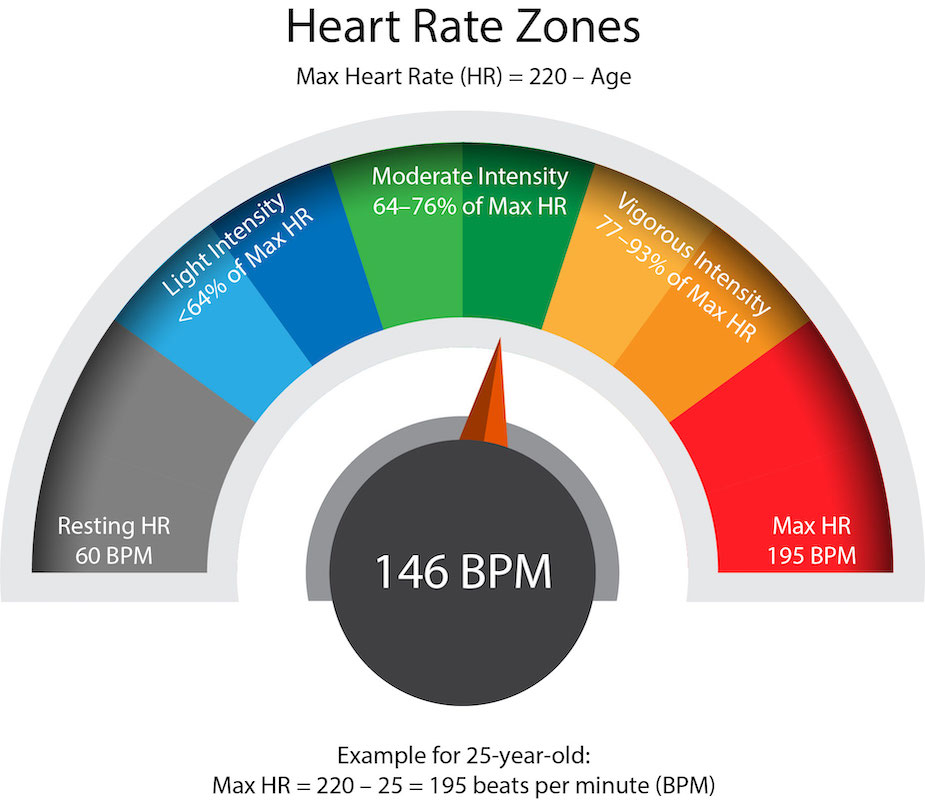
As you can see there are 5 main exercise intensities.
These are:
Rest – 50% of max HR
Light Intensity – 50-63% of your max HR
Moderate Intensity – 64-76% of max HR
Vigorous Intensity – 77-93% of max HR
Max HR – 94-100% – Previously established example was 193 bpm
In the above examples I gave us a few numbers that will help us explain this image.
My max HR is 193 BPM. When we measured our HR it was 78 BPM / minute.
(78 / 193) * 100 = 40% of max HR
Referring to our above example – we are even below resting!
Now that we have a guideline for our HR zones, we can tailor our programming or cardio interventions towards this!
HR variability
So how do we measure fitness? Well, let’s look at a concept known as HR variability. This concept refers to your heart rate’s ability to shift throughout the day. Now it’s expected that it will vary throughout the day, the question is how well does it do this?
If you find yourself walking up a flight of stairs to work, your HR will inevitably increase. But, how long does it stay elevated? Does it stay like this for 5-, 10- or 30-minutes pumping away? This is a sign of poor fitness.
If, however, your HR can return to baseline (resting HR) say within 1 minute of the activity, then you are relatively fit.
In layman’s terms, in most cases, it’s good for your heart to be able to vary itself (unless you have existing conditions like arrhythmias).
The good news is though, that this is trainable through exercise!
Ok, what exercise?
Cardiovascular exercise.
Think of any type of movement that is rhythmical or repeatable in nature. This refers to activities like running, swimming, cycling, rowing, and walking. You get the drift.
Now the style of training largely depends on the intensity zone you which to work within.
As per the physical activity guidelines, we should aim for:
150 minutes of low-moderate intensity exercise
OR
75 minutes of vigorous exercise per week.
If you wish to read more on this click HERE.
Want to work at lower ranges? You’ll just have to do it for longer.
Want to work at higher ranges? You’ll have to worry more about rest times and fatigue management.
Example Styles of training
Interval based training
This type of training builds your aerobic capacity by alternating between high and low intensities.
Example 1: 500m Bike Ride Sprints
Start 10s slower than your normal 500m pace. Then increase each round by 5s, aiming to repeat for 4-8 rounds or until your heart rate spikes rapidly. Rest until a light intensity or rest HR is achieved before starting another round.
Set 1 = 1 minute to complete 500m
Set 2 = 55s to complete 500m
Set 3 = 50s to complete 500m
Set 4 = 45s to complete 500m
LISS
This refers to low-intensity, steady-state training. This long, low-intensity cardio exercises like setting a time limit and running consistently until it’s reached.
Weight Based Circuit:
Now I know there are still some of you who are apprehensive about cardio, so why not combine this with weighted exercise?
For this, you will set a time limit of say 45 or 60 minutes. Then complete as many rounds as possible (AMRAP) in that time frame.
- 6 x chin ups
- 6 x alternating lunges
- 8 x push-ups
- 10 cal x ski erg
- 10 x burpees
Repeat x 10-15 sets
Measuring your HR
There are a few ways that we can measure our HR at various stages of our exercise.
1) Manually
Not the easiest to do whilst exercising but refer back to our radial pulse measurement. This is probably ideal for resting or between exercise bouts, but very difficult if you want to keep your output up whilst exercising.
2) Using devices
This is my preferred method; it takes the guessing out of it and leaves it up to technology!
Devices like My Zone or Garmin (that have heart rate straps) work great! Generally, watches look fancy but they won’t give an accurate representation of what is truly going on!
3) Utilise subjective measures
These refer to scales like the rate of perceived exertion (RPE) scale. This is a scale of 1 to 10 that indicates how hard you are working. 10 = death, the hardest thing imaginable. 1 = sitting watching TV.
This correlates with our intensity scale!
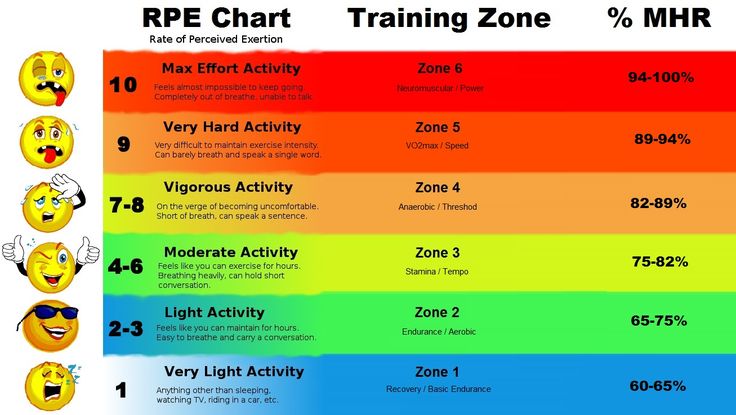
Want specific help with your cardiovascular training, a tailored plan, and accountability from a coach that cares about you? Reach out to Move Right.



